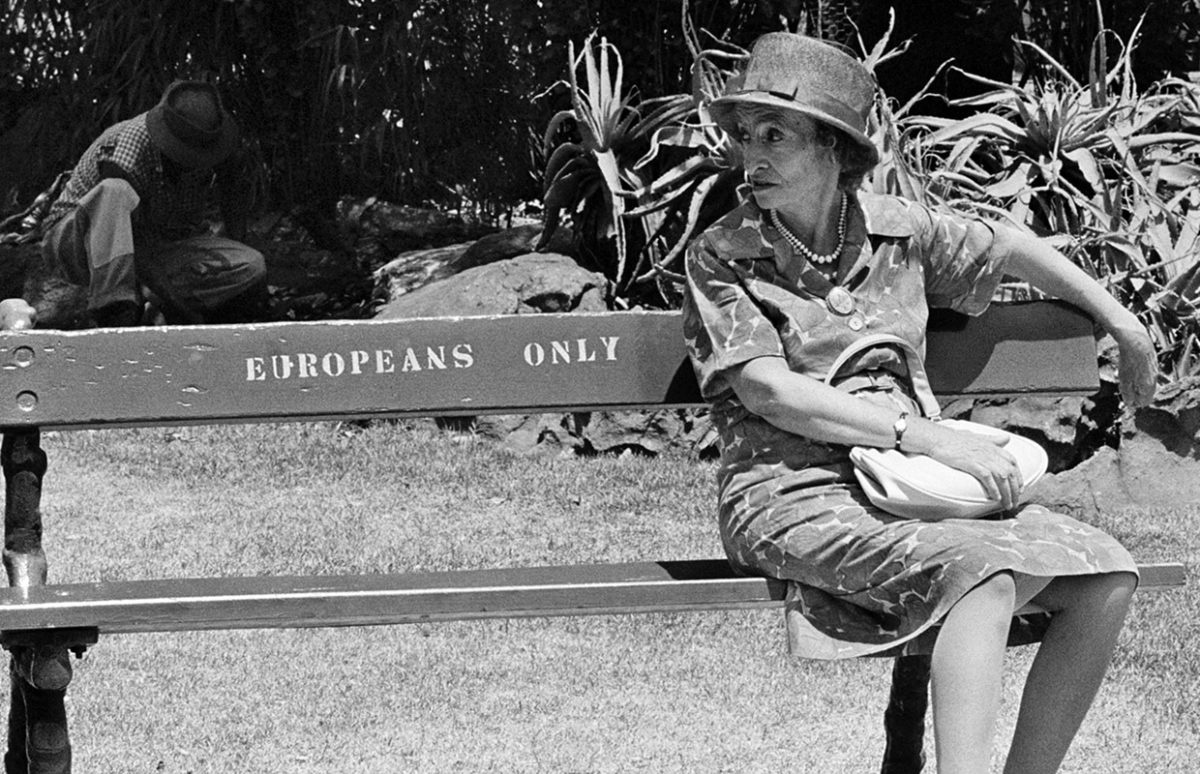Ernest Cole spent the early part of his life photographing his life in South Africa as a black man under apartheid in the 1950s and 60s. He was able to publish some at the time but many waited until he felt forced into exile in the U.S.A. His book of his photos House of Bondage is one of the most important documents about apartheid. A new documentary looks at the life of Cole, who was never able to return to his homeland.
Cole was born in 1940 near Pretoria, South Africa's legislative capital. He taught himself photography as a teenager and worked as a freelance, particularly for Drum, a pioneering magazine featuring news for and by the black community. His work caused friction with the authorities and in 1967 Cole left for New York.
Award-winning Haitian director Raoul Peck (I Am Not Your Negro) has made a feature-length documentary about Cole's life and work. It features many of his photographs alongside detailed analysis.
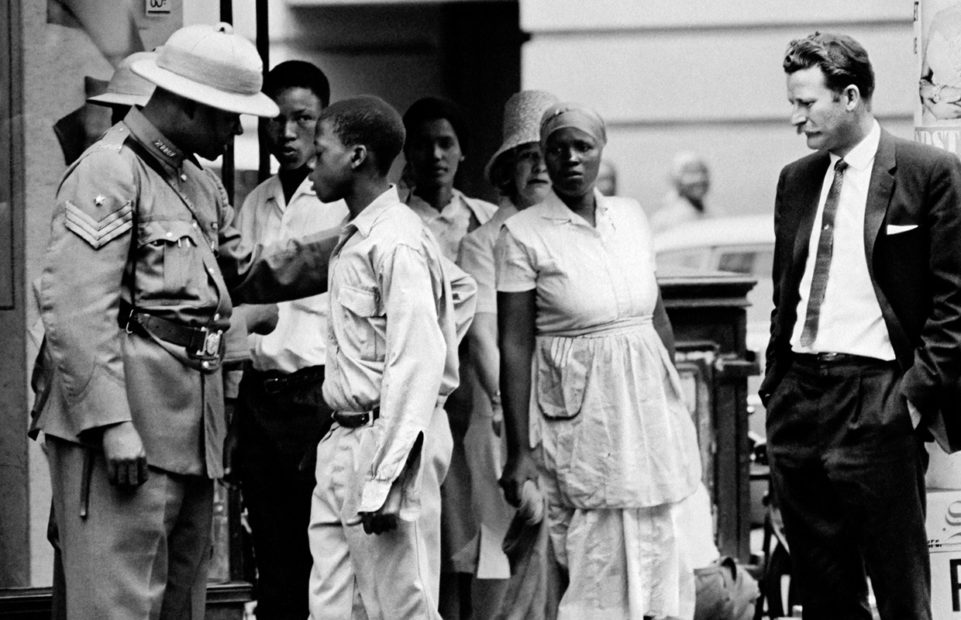
House of Bondage contained 18 essays about life for miners in transit camps, domestic workers and banished anti-apartheid agitators. It was banned in South Africa on publication and hailed as a major work elsewhere.
Photographing America
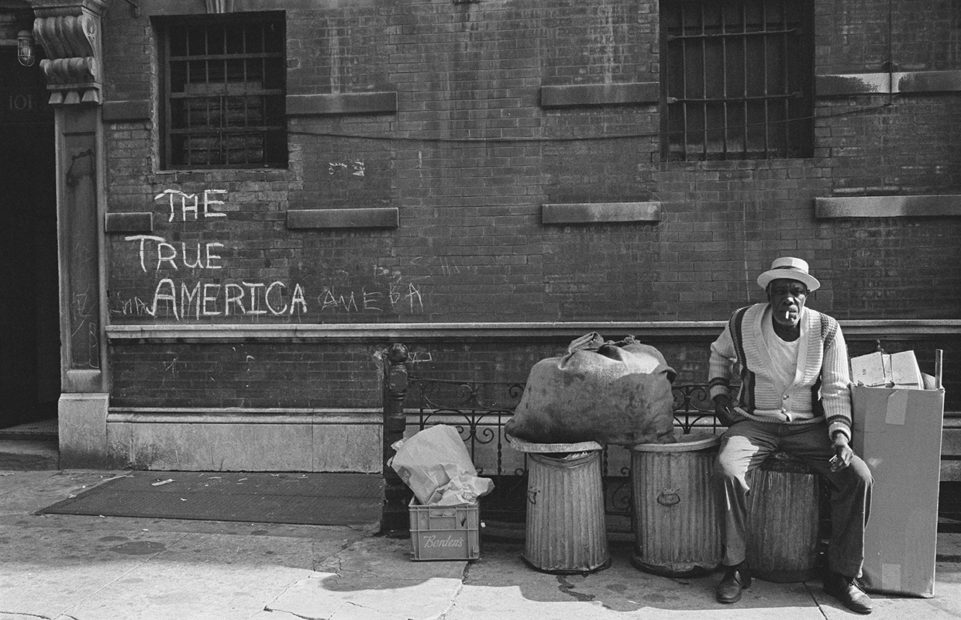
The success of his book, and prevailing attitudes to race in the U.S.A, meant that Cole could only get commissions to do more of the same. He was asked to photograph African Americans, often in poverty. He received a Ford Foundation grant to travel the Southern states and document black communities during the civil-rights era, and, as it turned out, after the assassination of Dr Martin Luther King. Cole said he felt in more danger as a black man in the South than he had in South Africa.
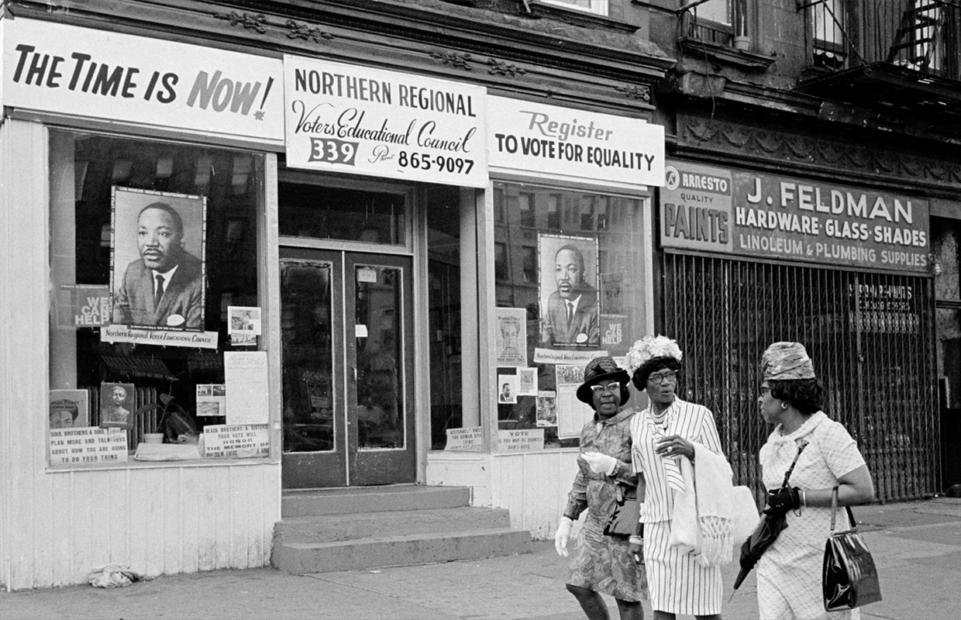
Cole struggled to fit in the U.S.A. and was tempted to return to South Africa, but was refused a passport. He published few of his images from the American South, and when he found himself homeless, it was believed they were lost. He died of cancer in New York in 1990, a week after Nelson Mandela and other ANC leaders were released from jail and the move equal citizenship began.
But in 2017, an important archive of his work was found in Sweden, which he had visited several times. It is still unclear who placed the archive in a bank vault and paid to rent it for decades. Cole's family have created a foundation to publicise his work and many of his images can be viewed online.
Ernest Cole Lost and Found
On general release 25 December 2024
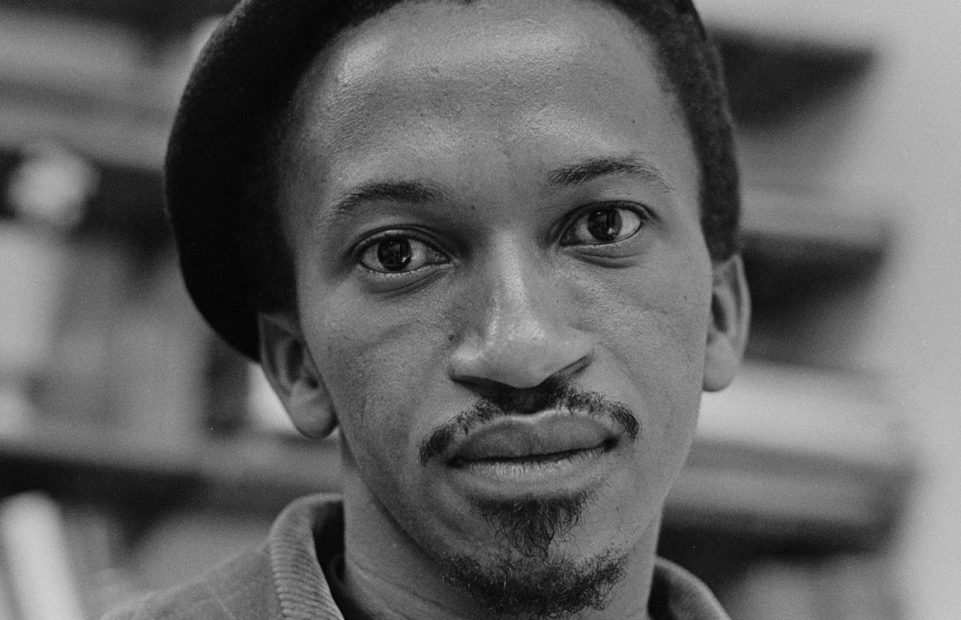
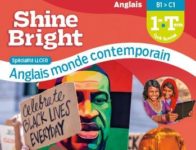 Find out more about South African photographers in SnapFile 10 Autofocus in Shine Bright LLCER AMC.
Find out more about South African photographers in SnapFile 10 Autofocus in Shine Bright LLCER AMC.
Copyright(s) :
Ernest Cole Trust
> A South African Author Wins the 2021 Booker Prize
> South African Theatre, Music and Dance
> Zanele Muholi: Visual Activism
> I Am a Man: Civil Rights Photos in Montpellier
> Nelson Mandela
> Dorothea Lange: Politics of Seeing
Tag(s) : "activism" "apartheid" "civil rights" "documentary" "Ernest Cole" "film" "identity" "MLK" "photography" "photojournalism" "Raoul Peck" "Shine Bright AMC" "South Africa" "U.S. segregation"





